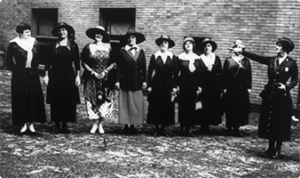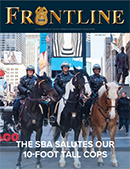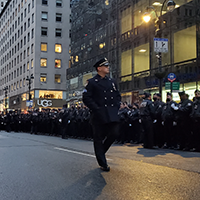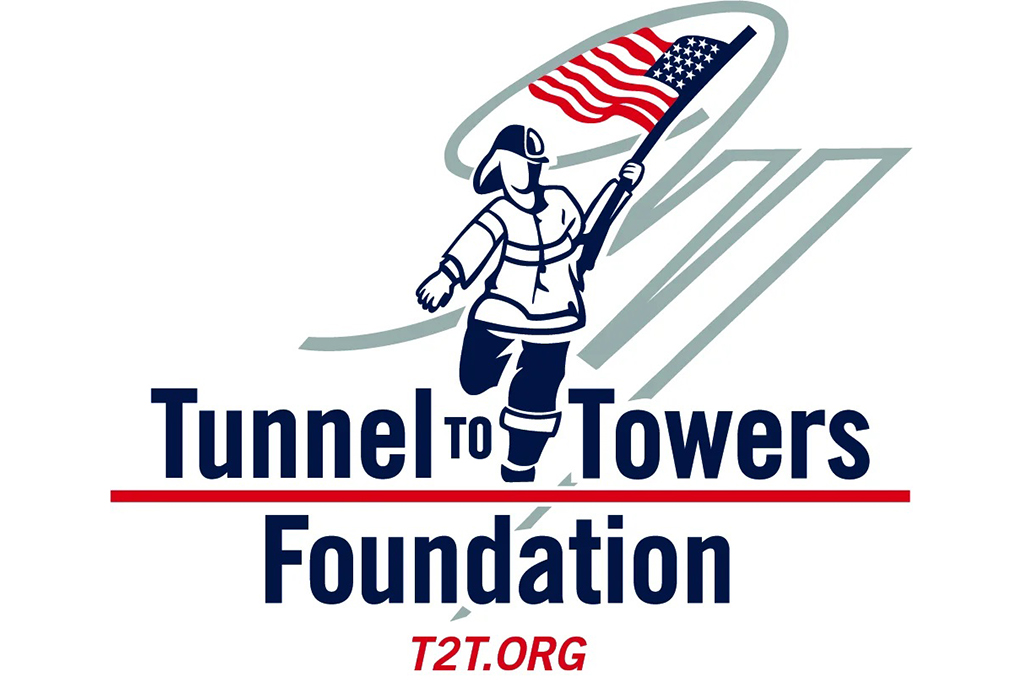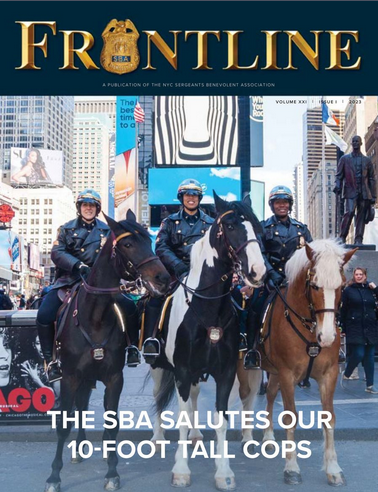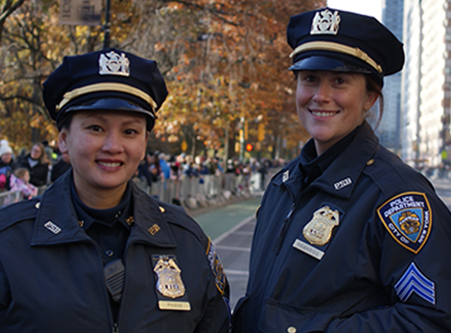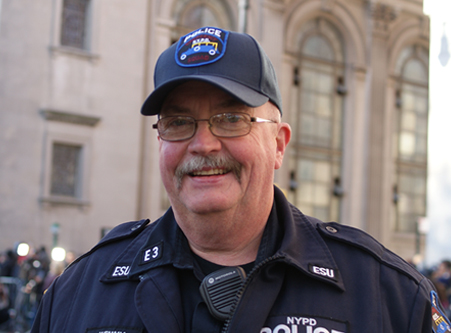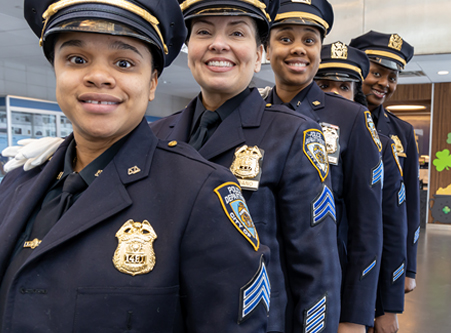Sergeants Benevolent Association of the NYPD
- Home
- Our Legacy
-
-
-
-
1918 Women Police Reserve
Women first began to appear in police departments in the early 20th century… An examination of the early history of women in policing indicates that the work of moral reformers was instrumental in the emergence of policewomen. During the late 19th century, women’s advocacy groups were heavily involved in social issues. Examples of their efforts include the creation of a separate court for juvenile offenders as well as crime prevention out-reach related to the protection of young women from immoral sexual influences.
-
-
- SBA Leadership
- Commands
- Benefits
-
-
ACTIVE BENEFITS
-
RETIREE BENEFITS
-
MORE RETIREE BENEFITS
-
-
- Resources
-
-
-
-
-
- The Frontline magazine can be read online or printed directly from this website. You can also download a copy to your computer. If you have a story you would like to submit, please contact Robert Mladinich by phone at (212) 343-5674 or by email at rmladinich@sbanyc.org.
-
-
- Donate
- Home
- Our Legacy
-
-
-
-
1918 Women Police Reserve
Women first began to appear in police departments in the early 20th century… An examination of the early history of women in policing indicates that the work of moral reformers was instrumental in the emergence of policewomen. During the late 19th century, women’s advocacy groups were heavily involved in social issues. Examples of their efforts include the creation of a separate court for juvenile offenders as well as crime prevention out-reach related to the protection of young women from immoral sexual influences.
-
-
- SBA Leadership
- Commands
- Benefits
-
-
ACTIVE BENEFITS
-
RETIREE BENEFITS
-
MORE RETIREE BENEFITS
-
-
- Resources
-
-
-
-
-
- The Frontline magazine can be read online or printed directly from this website. You can also download a copy to your computer. If you have a story you would like to submit, please contact Robert Mladinich by phone at (212) 343-5674 or by email at rmladinich@sbanyc.org.
-
-
- Donate
- Home
- Our Legacy
-
-
-
-
1918 Women Police Reserve
Women first began to appear in police departments in the early 20th century… An examination of the early history of women in policing indicates that the work of moral reformers was instrumental in the emergence of policewomen. During the late 19th century, women’s advocacy groups were heavily involved in social issues. Examples of their efforts include the creation of a separate court for juvenile offenders as well as crime prevention out-reach related to the protection of young women from immoral sexual influences.
-
-
- SBA Leadership
- Commands
- Benefits
-
-
ACTIVE BENEFITS
-
RETIREE BENEFITS
-
MORE RETIREE BENEFITS
-
-
- Resources
-
-
-
-
-
- The Frontline magazine can be read online or printed directly from this website. You can also download a copy to your computer. If you have a story you would like to submit, please contact Robert Mladinich by phone at (212) 343-5674 or by email at rmladinich@sbanyc.org.
-
-
- Donate
- Home
- Our Legacy
-
-
-
-
1918 Women Police Reserve
Women first began to appear in police departments in the early 20th century… An examination of the early history of women in policing indicates that the work of moral reformers was instrumental in the emergence of policewomen. During the late 19th century, women’s advocacy groups were heavily involved in social issues. Examples of their efforts include the creation of a separate court for juvenile offenders as well as crime prevention out-reach related to the protection of young women from immoral sexual influences.
-
-
- SBA Leadership
- Commands
- Benefits
-
-
ACTIVE BENEFITS
-
RETIREE BENEFITS
-
MORE RETIREE BENEFITS
-
-
- Resources
-
-
-
-
-
- The Frontline magazine can be read online or printed directly from this website. You can also download a copy to your computer. If you have a story you would like to submit, please contact Robert Mladinich by phone at (212) 343-5674 or by email at rmladinich@sbanyc.org.
-
-
- Donate
Unrivaled Excellence
The unique daily challenges of NYPD Sergeants makes them the most visible and respected frontline police supervisors in the world.
Vincent J. Vallelong
President
A Message from The President
Dear Fellow Sergeant,

Vincent J. Vallelong
President
Frontline
Magazine
In-network dentists have agreed to payment rates for various services and cannot charge you more. On the other hand, out- of-network dentists don’t have a contract with us and are able to bill you for the difference between the total amount we allow to be paid for a service – called the “maximum allowed amount”- and the amount…[+]
TRENDING NEWS / HOT TOPICS

NEW DENTAL PLAN BROCHURE
In-network dentists have agreed to payment rates for various services and cannot charge you more. On the other hand, out- of-network dentists don’t have a contract with us and are able to bill you for the difference between the total amount we allow to be paid for a service – called the “maximum allowed amount”- and the amount…[+]
Make a tax-deductible donation!
a tribute to our history
The roots of the SBA run as deep as those of the City of New York. In 1899, just one year after the consolidation of the city’s five boroughs and the formation of the NYPD as we know it today, the Department’s supervisory officers formed a fraternal organization known as the Police Sergeants Endowment and Benevolent Association. Click here for more information.
 SERGEANTS BENEVOLENT ASSOCIATION
SERGEANTS BENEVOLENT ASSOCIATION
